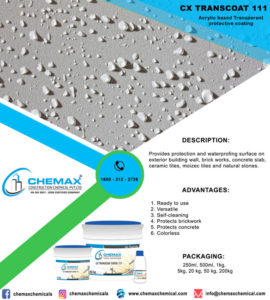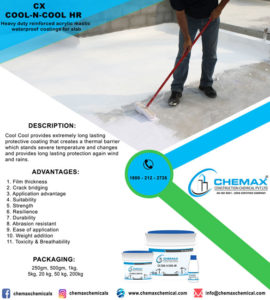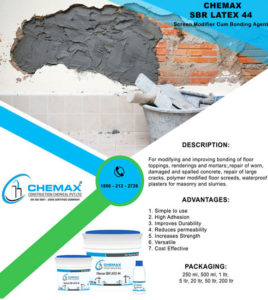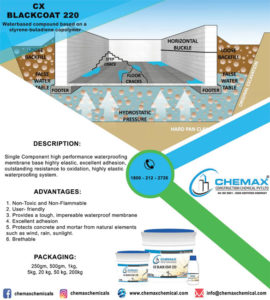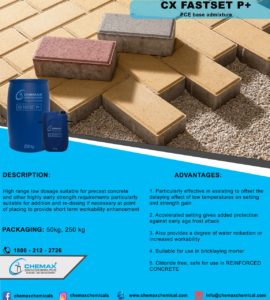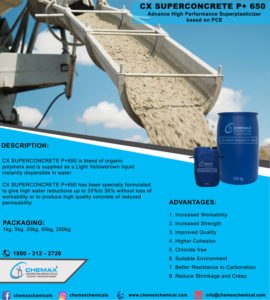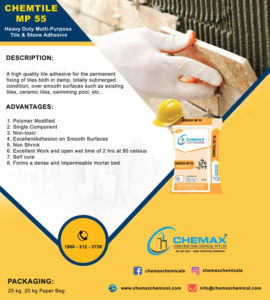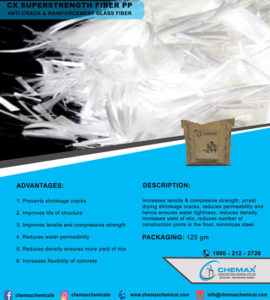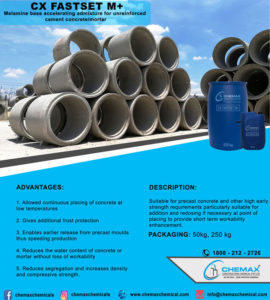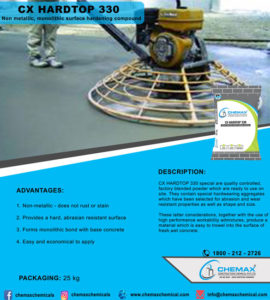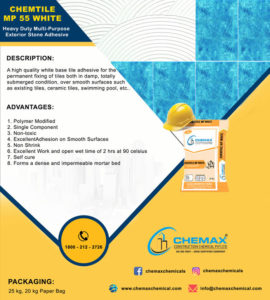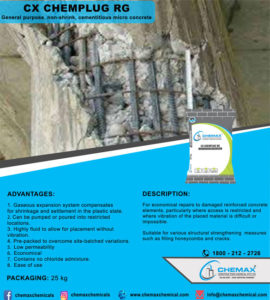Why Do You Need to Tile Grout After Tiling ?
Tile is a fantastic option for a multitude of flooring needs. Tile may be put in practically anywhere, even in an area with a lot of dampness or foot activity.
It is durable, water-resistant, and needs little maintenance. Everybody may choose a tile that matches their aesthetic thanks to the wide variety of colors, designs, and even tiles that resemble wood and stone. Grout may also need to be taken into account if you decide to use tile. When dealing with tile, grout should always be used, despite some people’s contentions to the contrary. Don’t let anyone convince you otherwise.
Here at CHEMAX CONSTRUCTION CHEMCIAL PVT LTD Tiles, we’d like to talk about three of the most popular forms of grout used in tile and stone installations. There are many different types of grout available today. We’ll also discuss tile grout colors and the benefits of using grout. However, let’s first define grout.
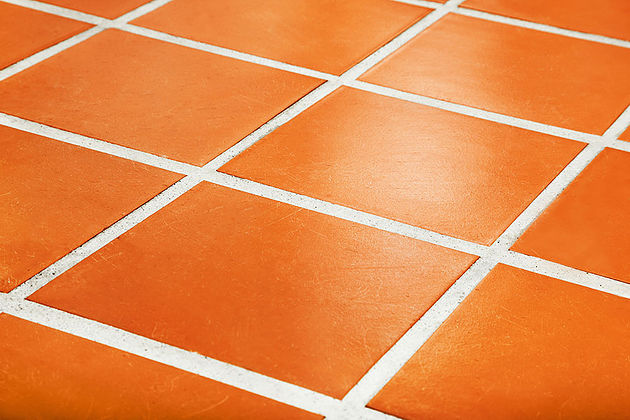
What Is Grout? ( Tile Grout Epoxy Manufacturer )
Grout is used to close up the spaces left by the installation of the tiles. Sand, cement, lime, and color pigment make up the majority of grout. It hardens when mixed with water and allowed to dry.
Any tile installation needs grout, and choosing the appropriate grout can be the difference between a gorgeous, long-lasting installation and one that quickly turns into a hideous eyesore.
Tile Grout Chemical is used to fill in the spaces between your tiles, as opposed to adhesive, which is typically used to hold them in place. Its primary goal is to visually harmonize with the tiles. To complement various kinds of tiles or stones, grout is offered in a variety of colors.
Types Of Grouts
For a successful installation, selecting the right grout for your wall and floor tiles is essential. Different types of grout are suggested for various types of tiles. The three most popular types of grout on the market right now are as follows:
Sanded Grout: Sanded grout works best in joints that are at least 1/8″ wide. The grout’s sand content makes it easier for it to adhere to the joints. Grout that has been sanded should resemble peanut butter in texture; after curing, it will resemble sand. Before the grout dries, you should remove any extra that was left on the tiles. To prevent dirt, spills, and UV rays from discoloring sanded grout, it must be sealed.
Unsanded Grout: Unsanded grout is used to fill in grout joints that are less than 1/8″ in size. To get grout into those smaller joints, you might need to exert a little more pressure if you’re using unsanded grout. The joints must be entirely filled; otherwise, your grout will crumble. Unsanded grout needs to be sealed in the same manner as sanded grout in order to safeguard it from spills, stains, discoloration, and UV rays.
Epoxy Grout: Epoxy grout differs from the more common cement type we’ve been talking about. Epoxy grout is non-porous and doesn’t need to be sealed. It also stops the growth of bacteria and is less likely to break over time.
The Importance Of Tile Grouting Chemicals
Do you think you could install tiles without grout? It has been asked for ages. No, you should never attempt to lay tile without grout. That is the quick answer. You might be curious as to why. If grout doesn’t increase the stability of the tile installation, why is it still necessary? Here is your response:
No matter how far apart the tiles are placed, there will still be a gap between them. The floor looks polished and the cracks are filled in with grout.
Grout guarantees that all lines are straight and that even little variations in the size of the tiles are undetectable.
Your tiles’ gaps without grout will collect everything that spills to the floor. Even if you try to place the tiles exactly next to one another, it will still happen.
Even if they are placed closely together, tiles will shift if they are not grouted. Tiles can crack or chip as they rub up against one another and create pressure.
Tiles are kept in place by grout, which also acts as a barrier between them, by holding them firmly in place, and by preventing any movement in the first place.




